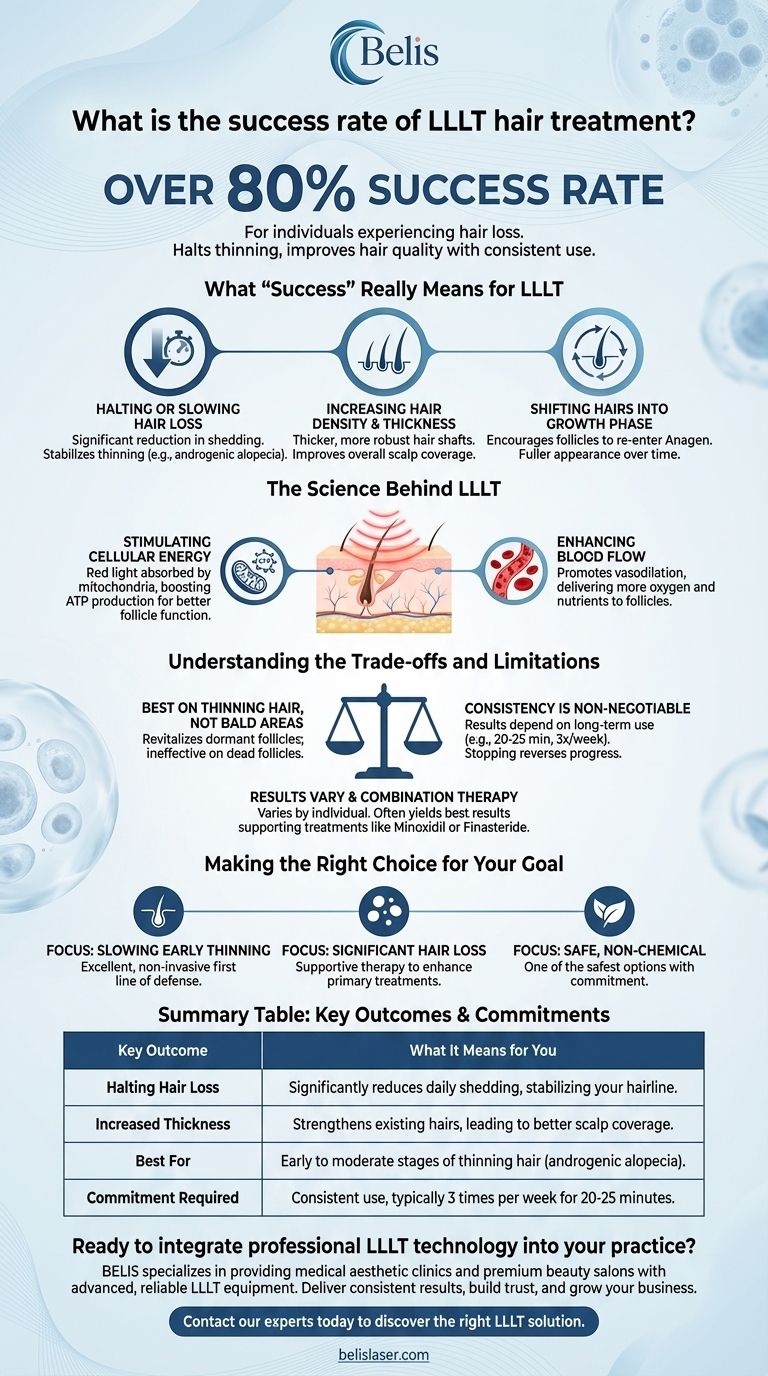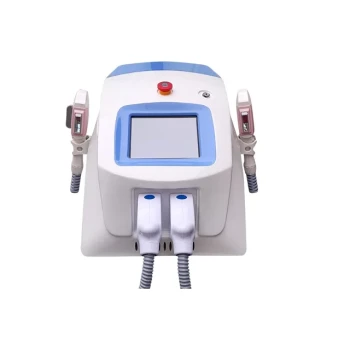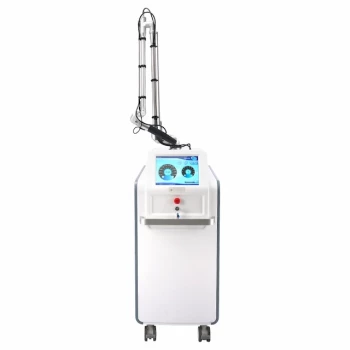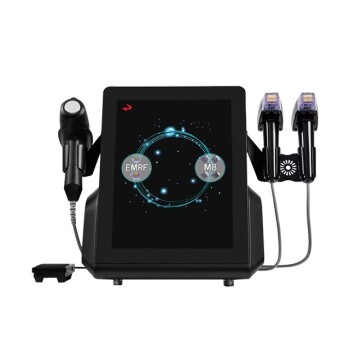The success rate of Low-Level Laser Therapy (LLLT) is frequently cited as over 80% for individuals experiencing hair loss. This high number reflects the treatment's ability to halt or slow the progression of thinning and improve the quality of existing hair in the vast majority of users who commit to consistent treatment.
While LLLT shows a high success rate in stabilizing hair loss and increasing hair thickness, it is crucial to understand that "success" rarely means complete regrowth on bald areas. Its primary strength is in strengthening and preserving the hair you already have.

What "Success" Really Means for LLLT
The "over 80%" success rate is a broad figure. To understand its value, we must break down what positive outcomes look like for a typical user.
Halting or Slowing Hair Loss
For most users, the most immediate and noticeable benefit is a significant reduction in the rate of hair shedding. This stabilization is the foundation of any effective hair loss treatment plan.
By energizing the hair follicles, LLLT helps them resist the miniaturization process that characterizes common hair loss, such as androgenic alopecia (pattern baldness).
Increasing Hair Density and Thickness
Success is also measured by an increase in the diameter of individual hair shafts. LLLT can stimulate weakened, thinning hairs, making them grow thicker and more robust.
This leads to a visible improvement in hair density and overall scalp coverage, even without a dramatic increase in the absolute number of hairs.
Shifting Hairs into the Growth Phase
Hair cycles through a growth phase (anagen) and a resting phase (telogen). LLLT is believed to encourage follicles in the resting phase to re-enter the active growth phase.
This results in more hairs growing simultaneously, contributing to a fuller appearance over several months of consistent use.
The Science Behind LLLT
Low-level laser therapy is a non-invasive treatment that uses specific wavelengths of red light to stimulate cellular activity in the scalp. It is a painless and safe procedure.
Stimulating Cellular Energy
The light energy from LLLT is absorbed by mitochondria, the powerhouses within your cells. This absorption boosts the production of adenosine triphosphate (ATP), the primary energy currency of the cell.
With more energy, weakened hair follicle cells can function more effectively, improving their ability to produce healthy hair.
Enhancing Blood Flow
LLLT promotes vasodilation, which is the widening of blood vessels in the scalp. This improved circulation delivers more oxygen and essential nutrients to the hair follicles while removing waste products.
Understanding the Trade-offs and Limitations
No treatment is a universal solution. Objectivity requires acknowledging LLLT's limitations to set realistic expectations.
It Works Best on Thinning Hair, Not Bald Areas
LLLT is most effective at revitalizing dormant or thinning hair follicles. It cannot revive follicles that are completely dead and have resulted in a smooth, bald patch of scalp.
For this reason, it is most successful for individuals in the early to moderate stages of hair thinning.
Consistency is Non-Negotiable
Results are not immediate and depend entirely on consistent, long-term use. A typical protocol involves 20-25 minute sessions, three times per week.
Skipping treatments or stopping altogether will cause any progress to reverse over time, as the underlying condition of hair loss will resume.
Results Vary by Individual
Genetics, age, the specific cause of hair loss, and overall health all influence the degree of success. While over 80% see benefits, the magnitude of those benefits will differ from person to person.
Often Best as Part of a Combination Therapy
While effective on its own for slowing loss, LLLT often yields the best results when used to support other proven treatments, such as Minoxidil (Rogaine) or Finasteride (Propecia). It enhances the scalp environment, potentially making other treatments more effective.
Making the Right Choice for Your Goal
To decide if LLLT is right for you, consider your specific situation and desired outcome.
- If your primary focus is slowing down early-stage thinning: LLLT is an excellent, non-invasive first line of defense to preserve hair and improve its quality.
- If you have significant hair loss or bald spots: LLLT should be viewed as a supportive therapy to enhance the results of a primary treatment like Minoxidil, Finasteride, or hair transplantation.
- If you are seeking a safe, non-chemical treatment: LLLT is one of the safest options available for managing hair loss, provided you can commit to the required consistency.
Understanding LLLT's specific role allows you to integrate it effectively into a realistic and successful hair restoration strategy.
Summary Table:
| Key Outcome | What It Means for You |
|---|---|
| Halting Hair Loss | Significantly reduces daily shedding, stabilizing your hairline. |
| Increased Thickness | Strengthens existing hairs, leading to better scalp coverage. |
| Best For | Early to moderate stages of thinning hair (androgenic alopecia). |
| Commitment Required | Consistent use, typically 3 times per week for 20-25 minutes. |
Ready to integrate professional LLLT technology into your practice?
BELIS specializes in providing medical aesthetic clinics and premium beauty salons with advanced, reliable LLLT equipment. Our devices are designed to deliver the consistent, effective results your clients expect, helping you build trust and grow your business.
Contact our experts today to discover the right LLLT solution for your clinic's needs.
Visual Guide

Related Products
- Multifunctional Laser Hair Growth Machine Device for Hair Growth
- Multifunctional Laser Hair Growth Machine Device for Hair Growth
- Diode Laser SHR Trilaser Hair Removal Machine for Clinic Use
- Trilaser Diode Hair Removal Machine for Beauty Clinic Use
- Diode Tri Laser Hair Removal Machine for Clinic Use
People Also Ask
- Are laser hair growth devices safe? A Guide to Safe & Effective At-Home Treatment
- How effective is LLLT for hair? Clinically Proven to Boost Hair Growth by 35%
- Do laser caps really regrow hair? A Science-Backed Guide to Effective Hair Regrowth
- How often should you do laser hair regrowth? A Guide to the Two-Phase Treatment Schedule
- What does the SHR do? The Gentle, Pain-Free Revolution in Laser Hair Removal



















